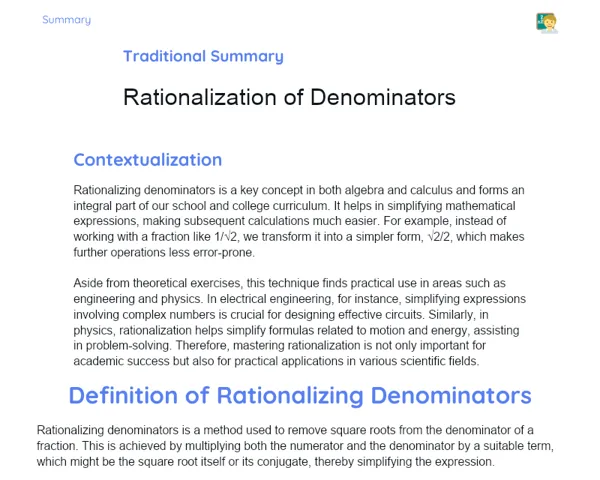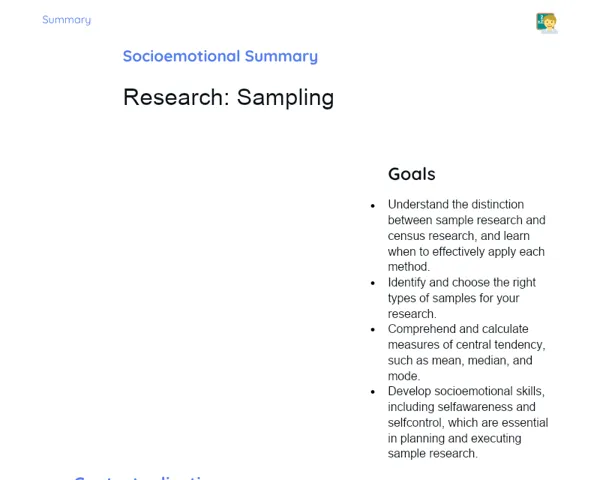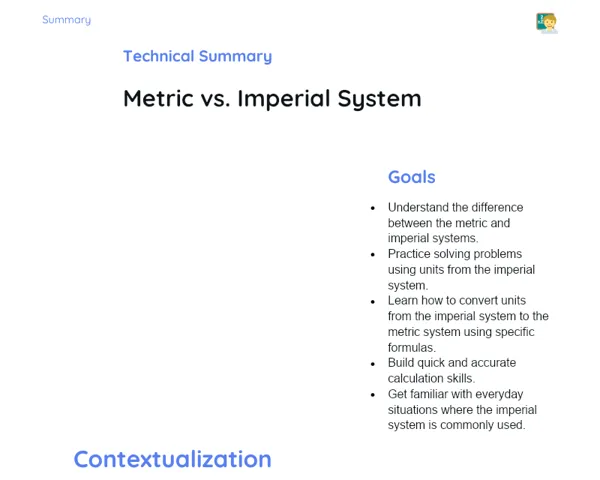Goals
1. Understand the significance of developing three-dimensional figures.
2. Identify and analyze the formation of prisms, pyramids, cylinders, and cones.
3. Familiarize yourself with the terminology related to three-dimensional figures and their developments.
Contextualization
Three-dimensional figures are all around us, from the buildings we inhabit to the everyday objects we use. It's essential to grasp how these figures can be represented on a two-dimensional surface for various fields like architecture, engineering, and design. For instance, architects depend on these developments to make building models, ensuring correct measurements before construction begins. Engineers apply this technique to design parts that are later assembled into larger structures like bridges and vehicles. Additionally, product designers leverage development to create functional and visually attractive packaging.
Subject Relevance
To Remember!
Development of Prisms
The development of prisms involves sketching all the faces of a prism on a two-dimensional surface so they can be cut and folded into the original three-dimensional figure. Each prism consists of two parallel and congruent polygons (the bases), with lateral faces that are parallelograms.
-
Prisms have two parallel and identical bases.
-
The lateral faces are parallelograms.
-
The development must encompass all the faces of the prism.
-
Emphasizing accuracy in measurements is crucial for accurately assembling the three-dimensional figure.
Development of Pyramids
The development of pyramids involves sketching the base along with the triangular lateral faces on a two-dimensional surface. Each pyramid can have any polygon as a base, while the lateral faces are always triangular.
-
Pyramids feature a polygonal base and triangular lateral faces.
-
The development must include the base and all lateral faces.
-
Precision in measurements is vital for the lateral faces to fit correctly onto the base.
-
Each edge of the base should correspond to a lateral edge.
Development of Cylinders
The development of cylinders requires drawing two circles (the bases) and a rectangle representing the lateral surface. The rectangle's height should match that of the cylinder and its length should equal the circumference of the bases.
-
Cylinders consist of two circular bases and a rectangular lateral surface.
-
The development should consist of two circles and one rectangle.
-
The height of the rectangle must correspond to the cylinder's height.
-
The rectangle's length should equal the circumference of the bases.
Development of Cones
The development of cones involves drawing the circular base and a circular sector that represents the lateral surface. The sector should have a radius equal to the length of the cone's slant height, and its arc should match the circumference of the base.
-
Cones are characterized by a circular base with a lateral surface shaped like a circular sector.
-
The development must include both the circular base and the circular sector.
-
The sector's radius must equal the slant height of the cone.
-
The arc of the sector should correspond to the circumference of the base.
Practical Applications
-
Architecture: Architects utilize developments to design and build models of structures, ensuring precision in measurements before construction begins.
-
Engineering: Engineers employ techniques to create components that will be incorporated into larger structures, such as bridges and vehicles.
-
Product Design: Product designers rely on development to create packaging that is both functional and visually appealing.
Key Terms
-
Development: The representation of a three-dimensional figure on a two-dimensional surface.
-
Prism: A three-dimensional shape with two parallel and identical bases and lateral faces that are parallelograms.
-
Pyramid: A three-dimensional structure with a polygonal base and triangular lateral faces.
-
Cylinder: A three-dimensional form with two circular bases and a rectangular lateral surface.
-
Cone: A three-dimensional figure with a circular base and a lateral surface shaped like a circular sector.
Questions for Reflections
-
How can the skill of transforming three-dimensional figures into flat drawings benefit various professions?
-
In what ways do you think the development of three-dimensional figures aids architects or engineers in their daily activities?
-
How might understanding developments foster innovation in the job market?
Maker Challenge: Create Your Own Project
To reinforce your understanding of the development of three-dimensional figures, you will face a challenge to create your own project using the techniques we've learned.
Instructions
-
Select a three-dimensional figure you prefer (prism, pyramid, cylinder, or cone).
-
Draw the development of your chosen figure on cardboard, ensuring all measurements are precise.
-
Cut out and assemble the three-dimensional figure from your drawn development.
-
Personalize and decorate your figure, if you'd like.
-
Write a brief text explaining how the development aided in constructing the figure and in which professions this skill may be utilized.



